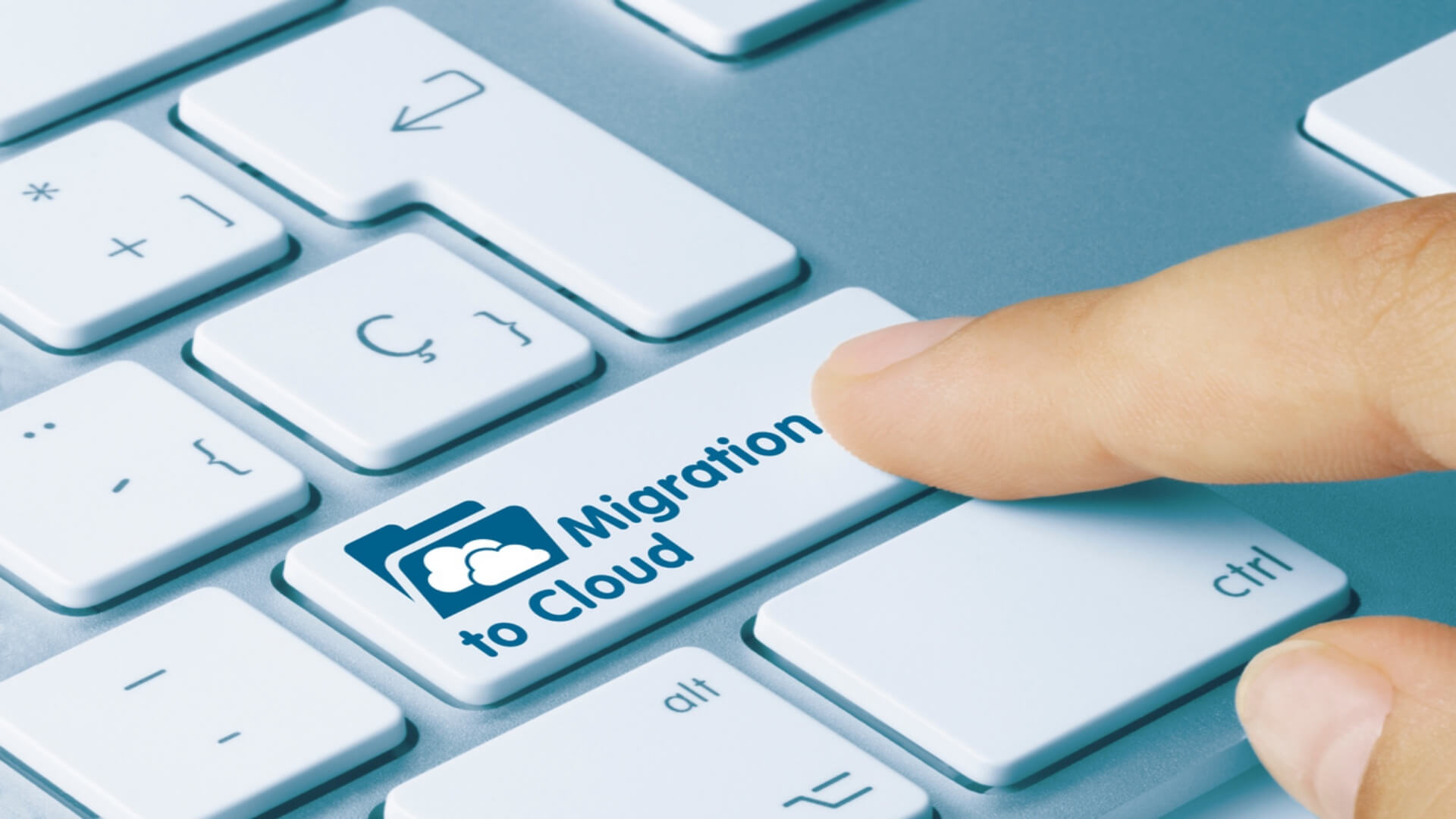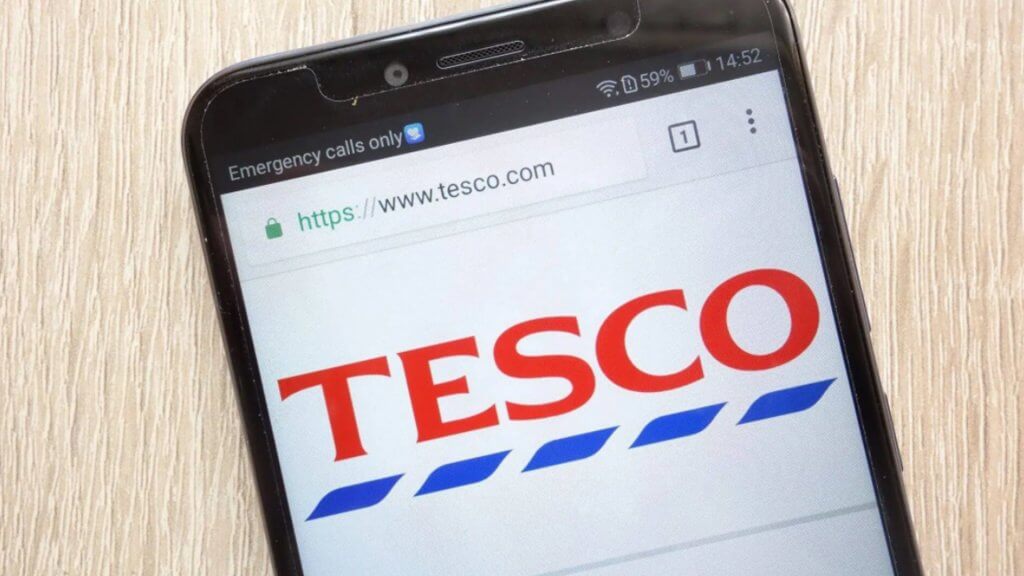Moving digital assets into the cloud is a common trend for businesses nowadays. More of them find the convenience of organising and retrieval it affords highly advantageous to their operations.
Sadly, there are certain risks with the cloud migration process. Some of them include possible data loss or alteration, which can expose important information to data breaches.
As cybersecurity threats continue to skyrocket, it’s crucial to implement protocols throughout the migration process to ensure security. Here are some valuable insights into protecting sensitive data during a cloud migration:
1. Know The Current Status Of Your Data
Many companies tend to overlook the data being stored in various databases. Yet, failure to thoroughly assess and categorise data can only make asset retrieval harder, a threat not even hackers can hope to cause on their own. With this in mind, assessing your company data should be the first step in the cloud migration process.
Not doing so can increase the risk of losing data. So, start by separating assets you need to keep for pending and those that can come later. An assessment will ensure only useful and critical data will remain while categorising ensures convenient monitoring.
To determine the status of your data accurately and ensure optimal security during cloud migration, consider checking out the best IT support in Santa Fe and other similar providers in your area.
2. Limit Accessibility
One of the ways to improve data security during the cloud migration process is by limiting end-user access to data.
During data migration to the cloud, you don’t want the wrong personnel tampering with any assets. So, give end users access to only what they need to carry out their tasks. You can implement a two or multi-factor authentication (MFA) control. Either option adds an extra layer of security.
You also have the option to dedupe your company’s data. This deletes unnecessary copies of your data, compressing the amount for transferring and maximizing your storage. In the long run, this results in lower operational costs and better data security.
3. Make It Phased Or Step-By-Step
If you’re planning to transfer data to the cloud soon, it may be best to do it in a phased manner. Avoid the urge to fast-track it at once. Doing it in phases gives your handling team the time and leeway to monitor each asset being transferred.
Begin with low-priority data so you can minimise potential risk. Once all of that is covered, you can then move on to transferring more critical data. You should conduct testing on how the configuration goes and pinpoint security inconsistencies before taking this step.
4. Determine Compliance Requirements
Another crucial factor to keep in mind during cloud migration is compliance. So, learn the regulatory protocols applicable to your company data. You should know the specific backup, storage, encryption, and transfer requirements.
For example, financial companies must comply with the General Data Protection Regulation (GDPR) in dealing with sensitive customer data. Knowing these stipulations allows your business to stay on the good side of regulatory boards.
5. Use Data Encryption
During data migration, perform data encryption to ensure security before, during, and after transit. Remember that data is susceptible to sabotage or breaches in between databases. One way to boost security is to utilise secure transport protocols such as hypertext transfer protocol secure (HTTPS).
6. Determine The Impact Of Migration To The Remaining Data Center
Once you transfer your company data to the cloud, you still need to consider the remaining devices in your data center, such as your company drives or storage servers. Decide on what you’ll do with the storage equipment left behind after the migration. You have the option to reuse or liquidate them.
7. Review The Security Level Of Your Cloud Service
After successfully migrating your company data to the cloud and clearing out your old storage, the final step is re-evaluating overall security and possible limitations. Although the cloud is relatively safe, it has its share of weak points. Watch out for the latest vulnerabilities and ensure that you apply the latest patches or adjust the settings immediately.
Final Thoughts
Migrating your company’s data to the cloud requires a high level of security and some thorough planning. This can seem daunting on paper. But with these steps, you can ensure your company data stays safe throughout the process. Remember to cover all bases when handling something as important to your business as your digital assets.






















